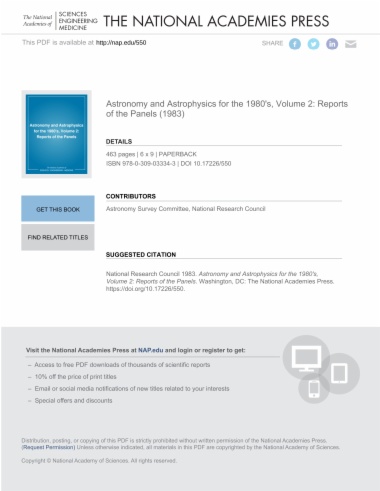

Innovation has been a major engine of American economic and societal progress. It has increased per capita income more than sevenfold since the 19th century, has added three decades to the average lifespan, has revolutionized the way we communicate and share information, and has made the United States the strongest military power in the world. Without its historical leadership in innovation, the United States would be a very different country than it is today.
Trends in the Innovation Ecosystem is the summary of two workshops hosted by the Committee on Science, Engineering, and Public Policy (COSEPUP) of the National Academy of Sciences, National Academy of Engineering, and Institute of Medicine in February and May, 2013. Experts from industry, academia, and finance met to discuss the challenges involved in innovation pathways. Both workshops focused on the interactions between research universities and industry and the concept of innovation as a "culture" as opposed to an operational method. The goal was to gain a better understanding of what key factors contributed to successful innovations in the past, how today's environment might necessitate changes in strategy, and what changes are likely to occur in the future in the context of a global innovation ecosystem. This report discusses the state of innovation in America, obstacles to both innovation and to reaping the benefits of innovation, and ways of overcoming those obstacles.